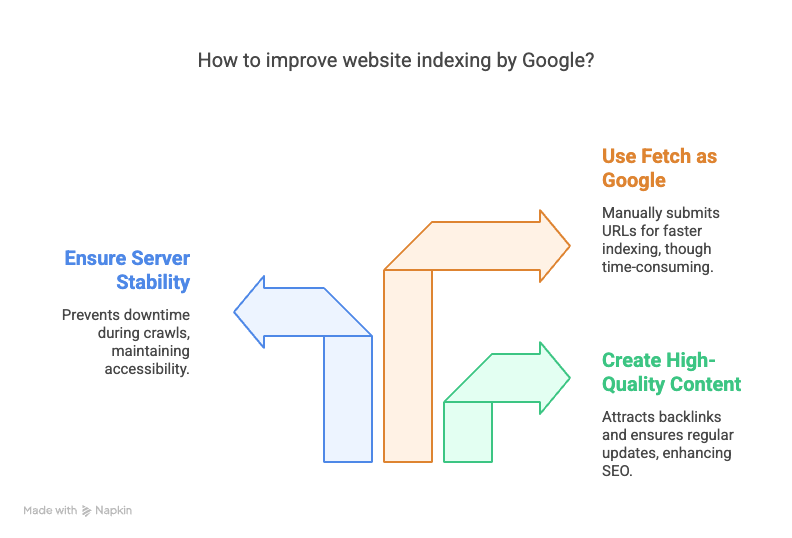There’s nothing more frustrating for a webmaster than having to wait to be crawled. After you perfect your on-site SEO, create great content, and ensure a spider-friendly link structure, you can only wait. You wait for the search engine crawlers to visit.
Google will crawl your site at a frequency it determines, and while you can use Google Webmaster Tools to set a crawl rate, that will just limit crawls to a rate below the one you specify to prevent your server from getting hammered. It won’t encourage Googlebot to pay a visit any more frequently if its algorithms decide that there is no need. There are, however, methods you can use to speed up the bots crawl rate, and today we’ll have a look at 4 of them.
Get Links From Frequently Crawled Sites
As with most things Google, it’s the links that count. If high-authority sites that are crawled often link to your pages, Google will likely index your site changes faster.And the best way to get links is …
Have Great Content
Especially frequently-updated, high-quality content that is likely to attract links from other sites. A blog is a great way to ensure that your site is being updated with fresh material regularly (which will help with SEO too). Maintaining a constant flow of new material is the best way to make sure that your site is crawled frequently.

Make Sure Your Server is up to the Job
The methods above won’t matter if your server is down during a crawl. They also won’t help if your server crashes under the load of crawlers. Make sure you have sufficient memory and bandwidth to accommodate both your users and Googlebot.
Use Fetch As Google
Google do provide a means of letting them know that you have new pages up and requesting that they crawl it. In the Google Webmaster Tools, under Health, click Fetch as Google, and submit your URL. There is a limit of 500 URLs per week. Submitting URLs manually might get you indexed faster. However, it takes time to submit every new URL. So, it’s not a replacement for a good site. A good site attracts quality backlinks. It also has great content.
If you have any tips to share on increasing the frequency a site is crawled, let us know in the comments, or join in the conversation on Twitter.



